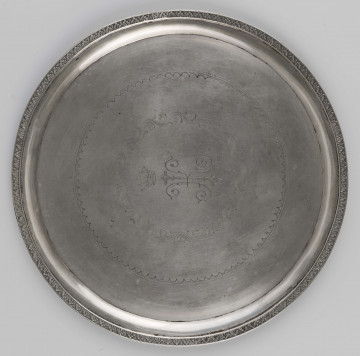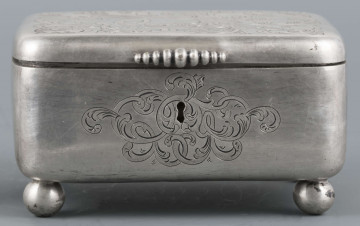
Cup
1840 — 1851
National Museum in Lublin
Part of the collection: Goldsmithery
The first known source of sugar was sugar cane growing in the wild in New Guinea, from where it found its way to the Asian continent. After Alexander of Macedon had conquered India in the 4th century BC, information about the plant producing sweet honey reached Europe. The sugar was paradoxically called Indian salt, and its use was limited to medicinal purposes because it was costly. Thanks to the Arabs, sugar cane cultivation developed in the Middle East from the 7th century onwards, and it was there that Europeans got to know it during the Crusades. Christopher Columbus took seedlings to America in 1493, where the first plantation was soon established. From there, the sugar flowed – literally – to Europe. Still, its price was high, so it remained a luxury product present only in wealthy households. In the 19th century, Europe started to produce beet sugar; however, it did not immediately become widely available. Instead, honey and liquorice were used to sweeten dishes. In the first half of that century, sugar was still a closely guarded treasure. That is why sugar bowls of those times had a form of caskets locked with a key. They were a sign of wealth of the house and, at the same time, decoration of the table, so they were often made of silver.
Therefore, a box sugar bowl became an obligatory item offered by every significant goldsmith. In Lublin, in the first half of the 19th century, the leading master of this profession was Karol Michał Ernest Rotkiel (1800-1864), who came from Warsaw and had been active in the city since 1831. He ran his workshop in the tenement house he owned at 21 Krakowskie Przedmieście Street. His sugar bowl has a simple form maintained in the classicist style and modest decoration with relief ornaments. The legs in the form of winged lion's paws emphasise its monumental character and make it look more like a sarcophagus than a container for sweets.
Barbara Czajkowska
Author / creator
Dimensions
cały obiekt: height: 15,7 cm, width: 9,5 cm
Object type
goldsmith's art
Technique
knurling
Material
silver
Creation time / dating
Creation / finding place
Owner
The National Museum in Lublin
Identification number
Location / status

1840 — 1851
National Museum in Lublin

1832 — 1850
National Museum in Lublin

1857
National Museum in Lublin
DISCOVER this TOPIC
National Museum in Szczecin
DISCOVER this PATH
Educational path